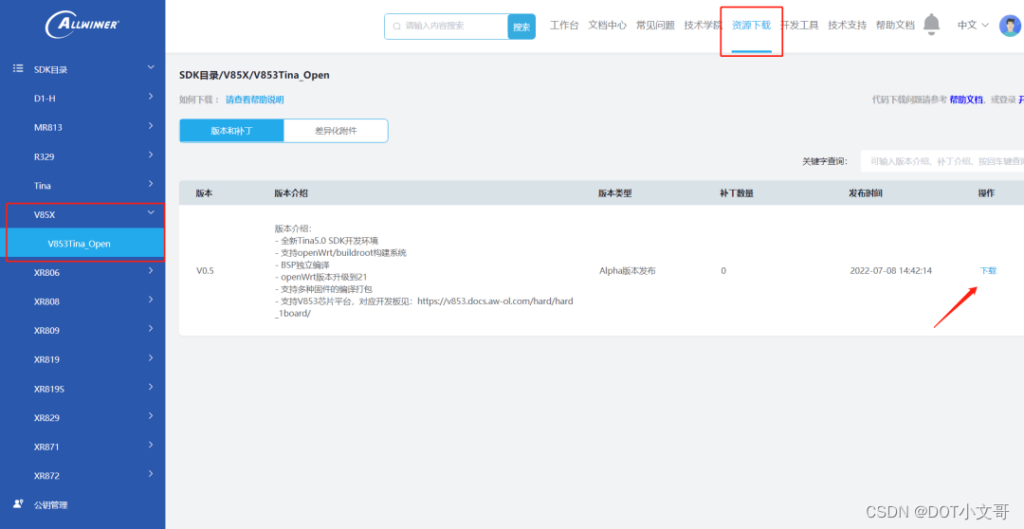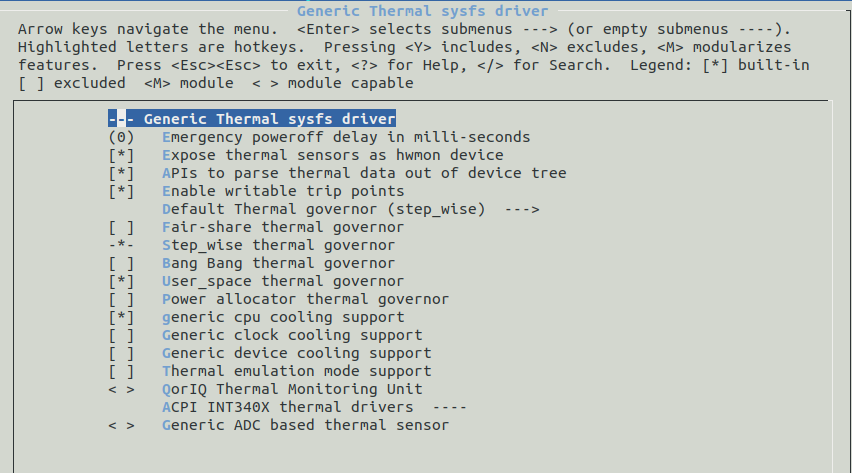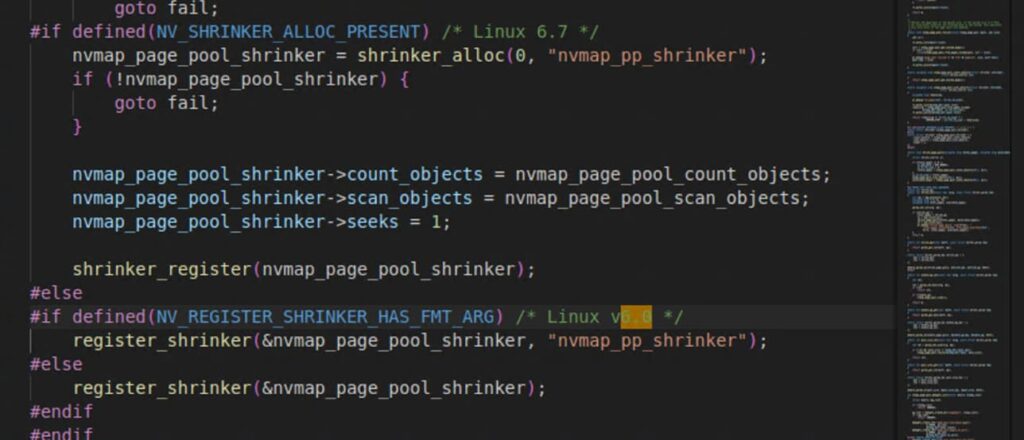The message “no or unknown cpufreq driver is active on this CPU” indicates a missing driver. Fix it by updating the system, loading modules, and checking BIOS/UEFI settings.
In this article, we’ll explore the causes, implications, and solutions to this issue.
What is a Cpufreq Driver?

Cpufreq, or CPU frequency scaling, is a feature in modern CPUs that allows the operating system to dynamically adjust the processor’s clock speed based on the current workload. This capability is essential for optimizing performance and energy efficiency.
By adjusting the CPU frequency, the system can increase the clock speed during demanding tasks to enhance performance and reduce it during idle periods to save power and lower heat generation.
The Cpufreq subsystem is an integral part of the Linux kernel, interacting with various governors to manage frequency scaling policies. These governors include ‘ondemand,’ ‘performance,’ ‘powersave,’ and others, each tailored to different usage scenarios.
Why is the Cpufreq Driver Important?
The Cpufreq driver is crucial because it directly influences your system’s power management and performance. Without a properly functioning Cpufreq driver, your CPU might be stuck at a constant frequency, which can lead to several inefficiencies:
- High Power Consumption: Operating at maximum frequency continuously can significantly increase power usage, leading to higher electricity bills and reduced battery life in laptops.
- Increased Heat: Running at high frequencies generates more heat. This can cause thermal throttling, where the CPU reduces its speed to prevent overheating, potentially affecting performance.
- Reduced Performance: Without dynamic frequency scaling, your system might not respond optimally to varying workloads. For example, it might not boost the CPU speed when needed for intensive tasks, leading to sluggish performance.
Common Causes of the Issue
The message “no or unknown cpufreq driver is active on this cpu” can be caused by several factors:
- Unsupported CPU: Some older or less common CPUs might not have a compatible Cpufreq driver. This is more common with niche processors or those not widely
supported by the community or manufacturers.
- Kernel Configuration: The Linux kernel might not be configured to include the necessary Cpufreq drivers. This can happen if the kernel was custom-compiled with minimal features or if the default configuration excludes certain drivers.
- Missing Modules: Required Cpufreq modules might not be installed or loaded. This can occur due to incomplete system updates or incorrect configurations.
- BIOS/UEFI Settings: Certain BIOS/UEFI settings can disable frequency scaling features. These settings might be turned off by default or altered during firmware updates.
How to Check for Cpufreq Driver Availability?

Before diving into solutions, you can check the availability of Cpufreq drivers on your system. This involves listing the available Cpufreq drivers for your current kernel version. Ensuring that the necessary drivers are present can help diagnose whether the issue is due to missing drivers or other factors.
Resolving the Issue:
Here are some steps to resolve the “no or unknown cpufreq driver is active on this cpu” issue:
Update Your System:
Ensure your system is up-to-date. Outdated kernel or software packages might lack support for your CPU. Keeping your system updated can also bring in the latest drivers and kernel improvements, which might include better Cpufreq support.
Load the Required Modules:
Loading the appropriate Cpufreq modules manually can sometimes resolve the issue. These modules enable the kernel to interact with the CPU for frequency scaling. Manually loading them can help if they were not automatically loaded during system boot.
Check Kernel Configuration:

Ensuring your kernel configuration includes support for Cpufreq drivers is crucial. You might need to recompile your kernel with the appropriate options if the drivers are not included by default.
This process involves accessing the kernel’s configuration menu and enabling the necessary power management options.
Verify BIOS/UEFI Settings:
Check your BIOS/UEFI settings for options related to CPU power management or frequency scaling. Ensuring these options are enabled can resolve issues where the system firmware is preventing the Cpufreq drivers from functioning correctly.
Adjusting these settings often requires restarting your computer and entering the BIOS/UEFI setup during boot.
Install Cpufrequtils:
Installing and configuring cpufrequtils can help manage CPU frequency scaling. This utility allows you to control and configure the frequency scaling policies on your system. Setting the preferred governor can optimize how your system manages CPU frequencies based on your usage patterns.
Reboot Your System:
After making these changes, rebooting your system is necessary to apply the new settings. A system reboot ensures that all configurations and modules are correctly loaded and active.
FAQ’s:
1. What is a Cpufreq driver?
Cpufreq, or CPU frequency scaling, allows the operating system to dynamically adjust the processor’s clock speed based on workload, optimizing performance and energy efficiency.
2. Why is the Cpufreq driver important?
The Cpufreq driver is crucial for managing CPU frequency scaling, which helps reduce power consumption, manage heat, and optimize performance based on system workload.
3. What causes the “no or unknown cpufreq driver is active on this cpu” message?
This message can be caused by unsupported CPUs, incorrect kernel configurations, missing modules, or disabled BIOS/UEFI settings.
4. How can I check if a Cpufreq driver is available on my system?
You can list the available Cpufreq drivers for your current kernel version to see if the necessary drivers are present.
5. What should I do if my system lacks a Cpufreq driver?
Update your system, load the required Cpufreq modules manually, check and reconfigure your kernel, and verify BIOS/UEFI settings to enable frequency scaling features.
6. How do I load the required Cpufreq modules?
Manually load the appropriate Cpufreq modules to enable the kernel to interact with the CPU for frequency scaling.
7. What BIOS/UEFI settings should I check?
Ensure that CPU power management or frequency scaling options are enabled in your BIOS/UEFI settings.
8. What is Cpufrequtils and how can it help?
Cpufrequtils is a utility that helps manage and configure CPU frequency scaling policies on your system, allowing you to set the preferred governor for optimal performance and power management.
Conclusion:
The message “no or unknown cpufreq driver is active on this cpu” indicates a lack of proper CPU frequency scaling support. By following the steps outlined above, you can resolve this issue and ensure your system runs efficiently. Keeping your system updated, loading the correct modules, checking kernel configurations, and verifying BIOS/UEFI settings are key actions to address this problem.



